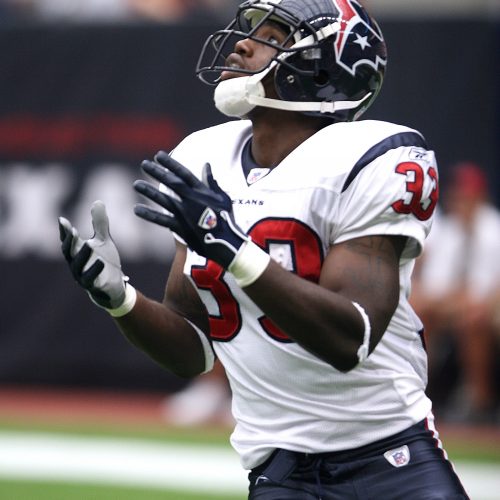Problem-solving is in the “DNA” of effective leadership.
So how come sometimes it just doesn’t work? Why is it that some attempts at problem-solving feel like you’re just butting your head into a brick wall? Why do some of the best-intentioned problem-solving initiatives just fall flat?
Sometimes it’s because, right out of the gate, you haven’t properly sized up the problem you’re about to tackle. The most effective leaders I know have a much higher problem-solving batting average because they start by processing the problem through these 3 clarifying questions:
1. Is this a problem to be solved, or a tension to be managed?
Before you decide to tackle whatever crisis has landed on your desk, first discern if indeed you really can solve it. It could be a tension that must be managed.
At the 2010 Global Leadership Summit, Andy Stanley unpacked this vital distinction. As Stanley pointed out, not every difficult situation that lands on your desk is a problem you will ever be able to solve. Some of these situations are tensions you must learn to manage.
2. Is this my problem?
Once you’ve determined that the latest crisis really is a problem, and not a tension to be managed, next figure out if it really is your problem.
At the 2004 Global Leadership Summit, Bill Hybels interviewed USC president Steven Sample, and asked him how he responds when a problem is presented to him.
“The first thing I do,” Sample answered, “is to figure out if this is really my problem!”
You might be tackling a problem that really doesn’t belong to you.
3. Just how big is this problem?
As I outlined in an earlier post, one of the first jobs of leadership is to determine the appropriate scale of the problem that has just landed. “Is this a big deal? A little deal? Somewhere in between?”
Always figure out just what the scale and scope of this problem really is. And put the appropriate energy and resources towards it.
Here’s the point. Today, and every day, problems will land on your plate. The cumulative effect can be overwhelming.
But if you’ll apply this three-question clarifying process, you’ll be amazed just how much more effective your problem solving efforts really can be.




One comment